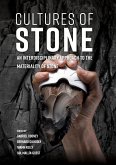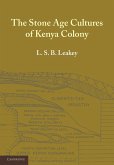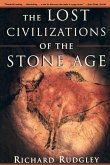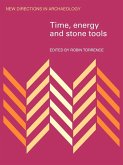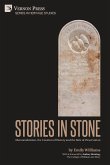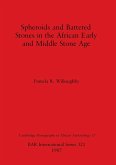This volume establishes a rich cross-disciplinary dialogue about the significance of stone in society across time and space. The material properties of stone have ensured its continuing importance; however, it is its materiality which has mediated the relations between the individual, society and stone.Bound up with the physical properties of stone are ideas on identity, value, and understanding. Stone can act as a medium through which these concepts are expressed and is tied to ideas such as monumentality and remembrance; its enduring character creating a link through generations to both people and place.This volume brings together a collection of seventeen papers which draw on a range of diverse disciplines and approaches; including archaeology, anthropology, classics, design and engineering, fine arts, geography, history, linguistics, philosophy, psychology and sciences.ContentsContents:Part 1. Quarrying and Moving StoneLabour and Limestone: the relationship between stone and life in the 19th- and 20th-century quarry town of Texas, Maryland.Adam FracchiaYapese Stone Money: local marble as a potential inspiration for producing limestone exchange valuables in Palau, Micronesia.Bosiljka Glumac and Scott M. FitzpatrickRoman Colours of Power: Egyptian stones for the imperial metropolis, and beyond.Hazel DodgeTravelling Stone or Travelling Men? Models of Sculpture Production in the Early Middle Ages (8th-9th centuries).Michelle BeghelliPart 2. Making, Building and Re-imagining in StoneMAN MADE: contemporary prehistoric stone-tool design.Dov GanchrowStone Fisheries and Their Role in Shaping the Cultural Landscape of the Minho River Valley, Portugal.Rui Madail and Miguel MalheiroStormont's Stones: the oratory of power through form and materiality.Suzanne O´NeillCity of Stone: dialectics of impermanence in Josef Sudek's Prague.Adele Tutter'The Living Stones': encountering the prehistoric past in West Cornwall.Elizabeth PrattSacred Granite: preserving the Downpatrick High Cross.Michael KingPart 3. Stone in Ritual Space and Practice'Living Stones Built Up': symbolism in Irish round towers.Sarah KerrFlaming Torches: the materiality of fire and flames on Roman cinerary urns.Liana BrentStone-Grave Building at the Cemetery of Les Tombes at Estagel (Pyrénées-Orientales, France): some economic, visual and symbolic aspects.Joan Pinar GilWorship and Stones on the Cycladic Islands: a case study of the cult of Apollo and Zeus.Erica AnglikerAll of a Heap: Hermes and the stone cairn in Greek Antiquity.Jessica DoyleLooking through the Crystal Ball: ethnographic analogies for the ritual use of rock crystal.Thomas HessIs It from The Dreaming, or Is It Rubbish? The Significance and Meaning of Stone Artefacts and Their Sources to Aboriginal People in the Pilbara region of Western Australia.Edward McDonald and Bryn ColdrickAfterword: The Flexibility of StoneGabriel Cooney


